Complete Guide to Carpet Beetles: Identification, Prevention, and Eradication
Understanding Carpet Beetles: An Introduction
Carpet beetles are a common household pest, notorious for their ability to damage natural fibre materials in your home. Understanding these pests is the first step towards preventing and controlling their presence. The carpet beetle is a small, oval-shaped insect capable of causing significant damage to carpets, clothing, and upholstered furniture.
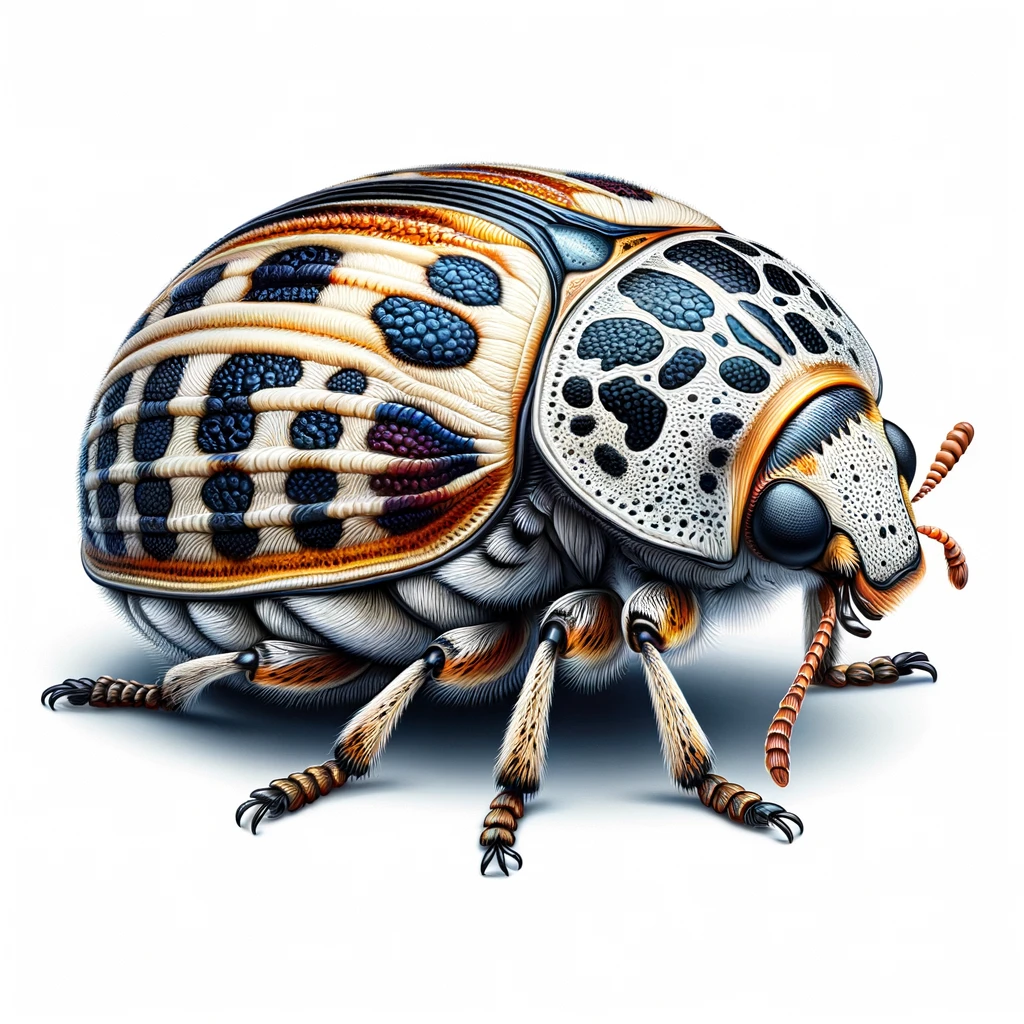
There are several species of carpet beetles, but the black carpet beetle and the varied carpet beetle are among the most prevalent in homes. The black carpet beetle is distinguished by its dark, nearly black colour, while the varied carpet beetle showcases a pattern of white, brown, and yellow patches on its back, making it easier to identify.
Carpet beetle larvae, often referred to as 'woolly bears' due to their fuzzy appearance, are the primary cause of damage. These larvae feed on a variety of animal-based materials, including wool, silk, leather, and feathers. Recognizing the signs of larvae, such as shed skins and damaged materials, is crucial for early detection and control.
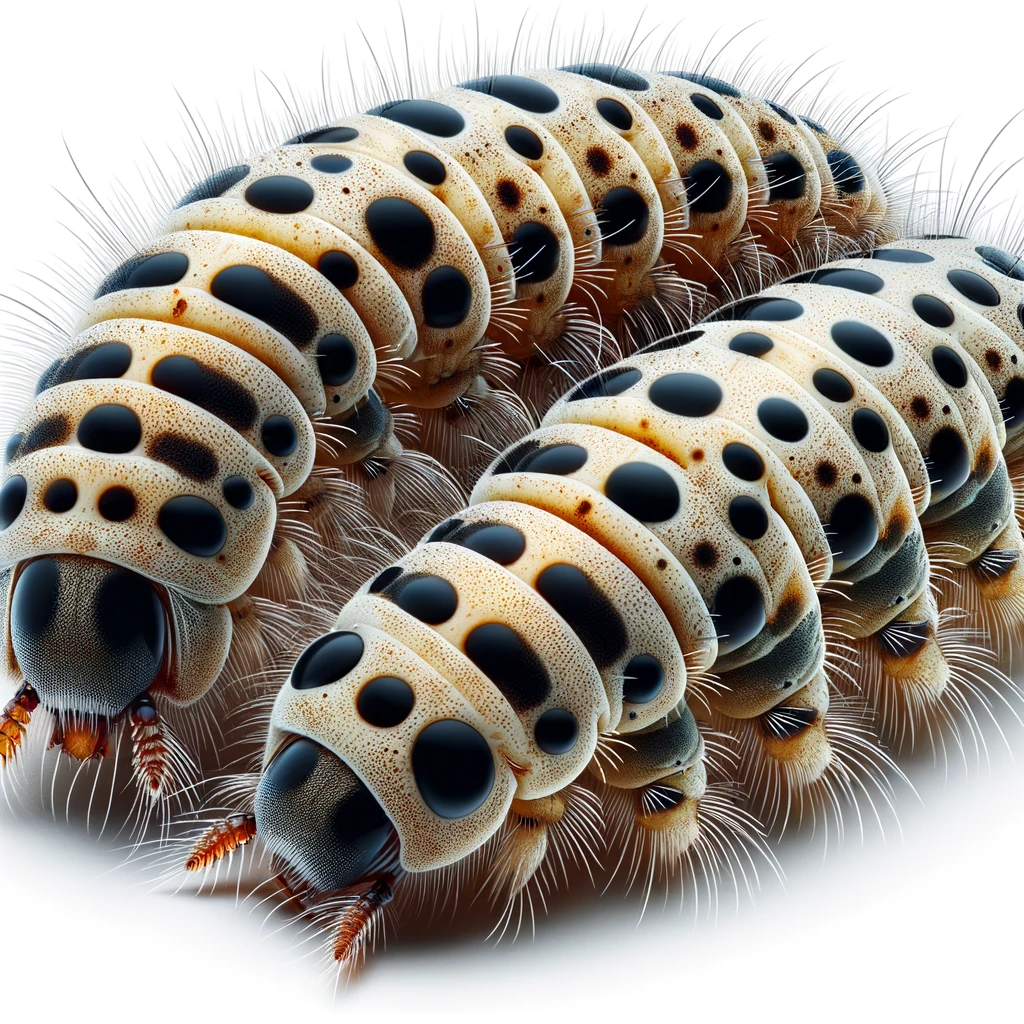
The Life Cycle and Habitat of Carpet Beetles
Life Cycle
The life cycle of a carpet beetle begins with the laying of eggs by adult females. Carpet beetle eggs are small, white, and laid in secluded areas close to food sources. These eggs hatch into larvae, which is the most destructive stage of the carpet beetle's life cycle. The larvae stage can last for several months, depending on environmental conditions and the availability of food.
As larvae mature, they undergo several molts, shedding their skin and gradually changing in appearance. Eventually, they pupate, emerging as adult carpet beetles ready to reproduce and continue the cycle. Understanding the carpet beetle life cycle is essential for implementing effective control measures at the right time.
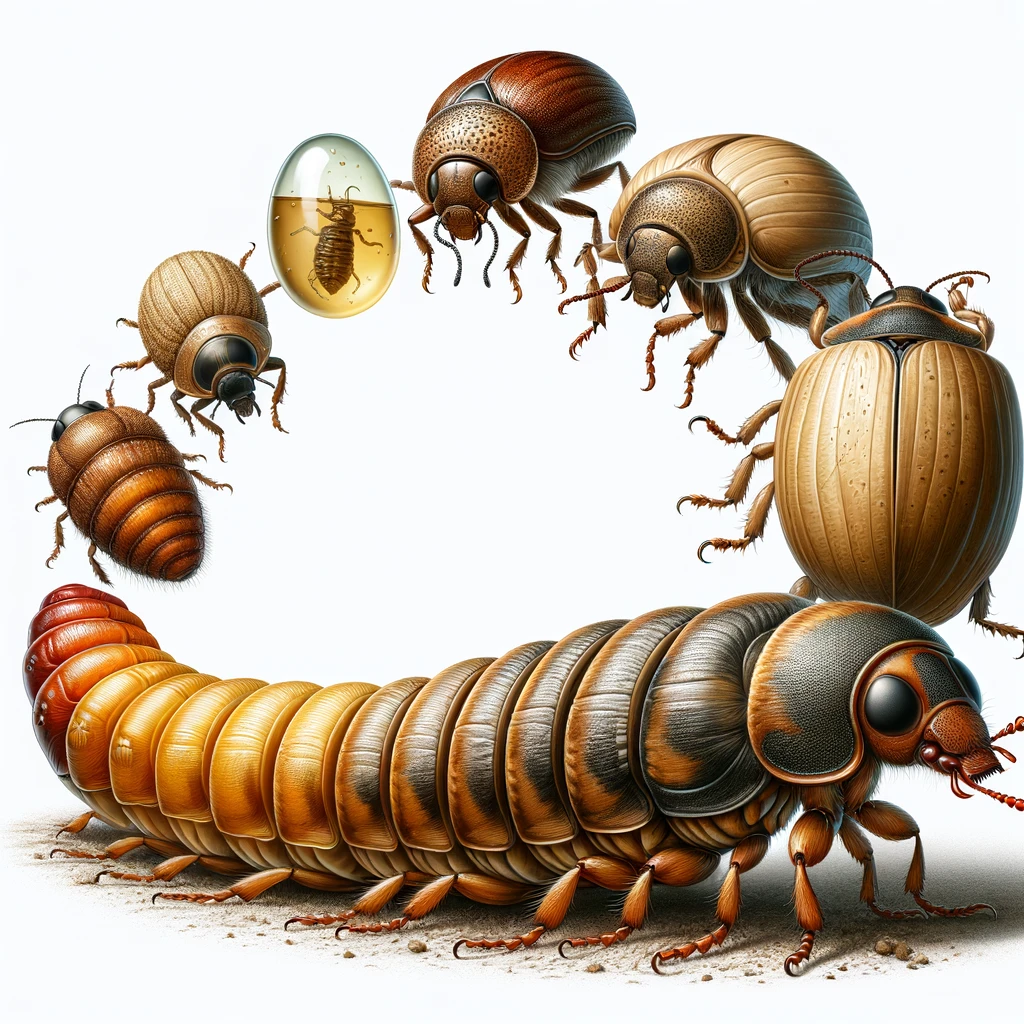
Habitat
Carpet beetles are adaptable and can thrive in various environments within a home. They are often found in dark, secluded areas where they have access to food. Common habitats include closets, drawers, air ducts, and underneath furniture.
Preventing carpet beetle infestations involves regular cleaning and vacuuming, proper storage of natural fibres, and controlling humidity levels in the home. Early detection and removal of infested items can also significantly reduce the chances of widespread infestation.
Common Carpet Pests Sections
Identifying and Treating Carpet Beetle Infestations
Identifying a carpet beetle infestation early can save you from significant damage and potential health issues. Carpet beetle infestation signs include visible damage to fabrics, carpets, and furniture. You may also find shed skins and fecal pellets, indicating the presence of larvae. Carpet beetle bites, though actually rare since they don't bite humans, can sometimes be mistaken for skin reactions to the tiny hairs shed by the larvae.
Getting rid of carpet beetles
For those wondering how to get rid of carpet beetle larvae, it's essential to start with thorough vacuuming and cleaning of suspected infestation areas.
Wash all infested fabrics in hot water, and consider using a carpet beetle killer designed for indoor use.
In severe cases, professional pest control may be necessary to fully eradicate the infestation.
Prevention is key to avoiding reinfestation. Regular cleaning, proper storage of natural fibres, and the use of deterrents can all help keep carpet beetles at bay. Remember, an ounce of prevention is worth a pound of cure when dealing with these persistent pests.
Cleaning Methods
Advanced Carpet Maintenance Strategies
Advanced carpet maintenance goes beyond regular cleaning and involves strategies that ensure the longevity and durability of your carpets. Using steam cleaners for carpets is a highly effective method for deep cleaning and sanitizing. This section provides in-depth information on how to use these tools effectively, along with tips and tricks for keeping your carpets looking and feeling new.
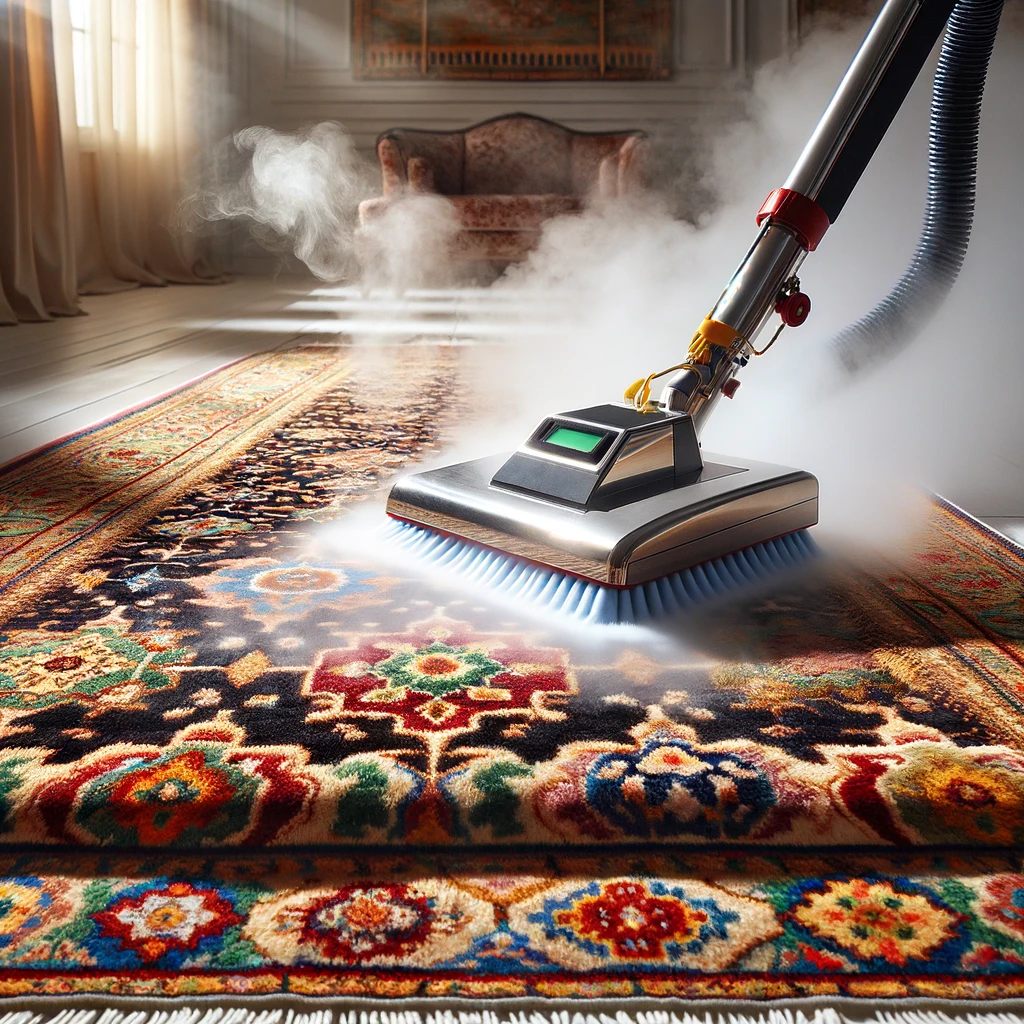
Steam Cleaning
Steam cleaning for Persian rugs involves a gentle yet effective method of deep cleaning, removing dirt and allergens without damaging delicate fibers, preserving beauty and longevity.
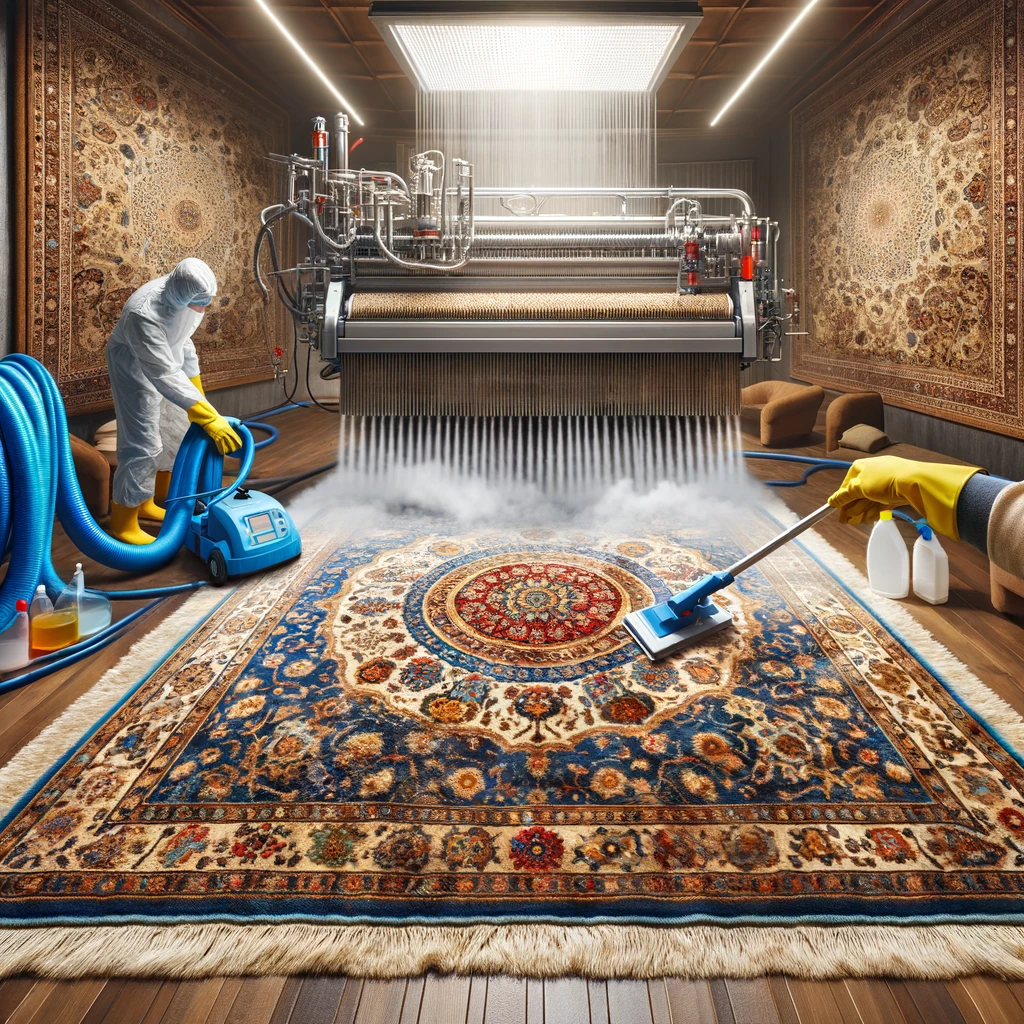
Deep Cleaning
Deep cleaning Persian rugs requires specialized techniques to remove deeply embedded dirt and restore their vibrant colors, ensuring the preservation of their intricate designs and durability.
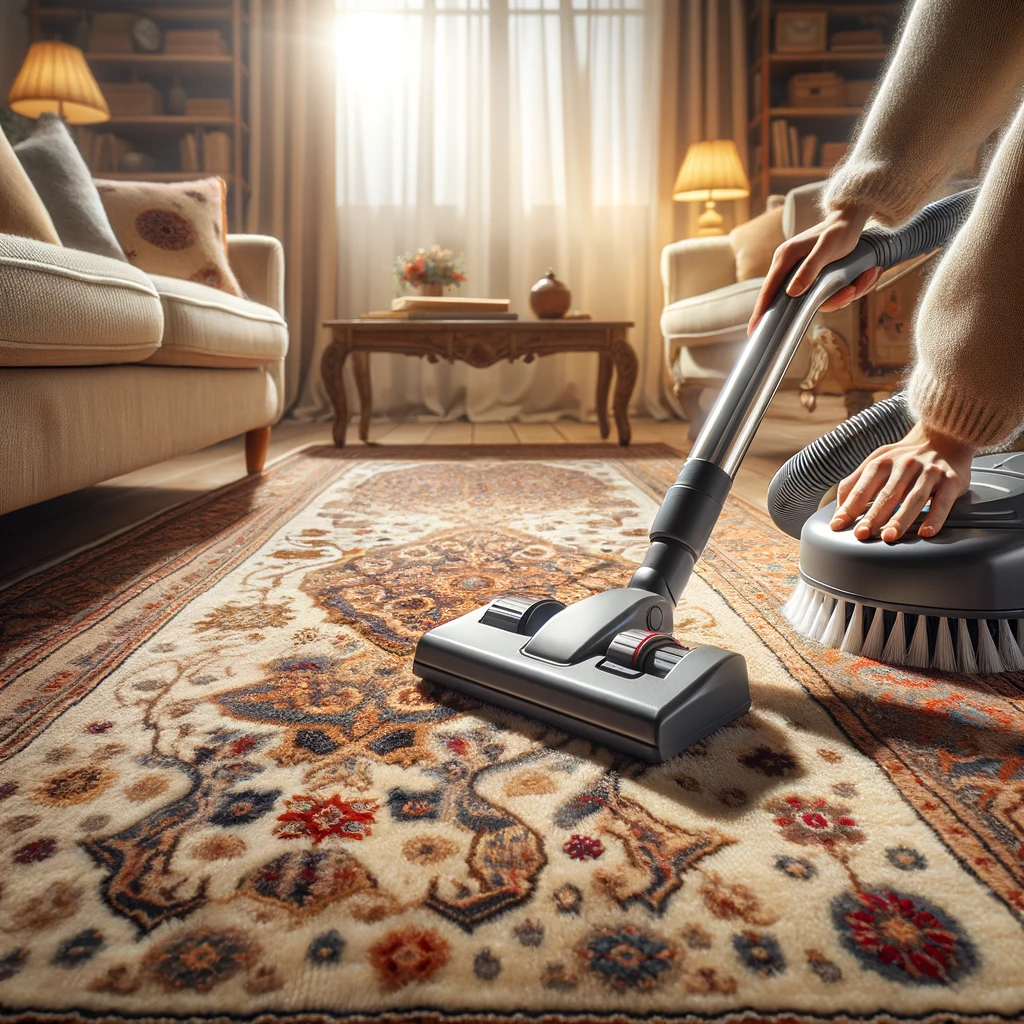
Vacuum Cleaning
Vacuum cleaning for Persian rugs focuses on removing surface dust and debris gently, protecting the rug's intricate patterns and delicate fibers from wear and damage.

Stain Removal
Stain removal for Persian rugs addresses common damage issues like spills and spots, using careful techniques to preserve colors and fibers while eliminating blemishes.
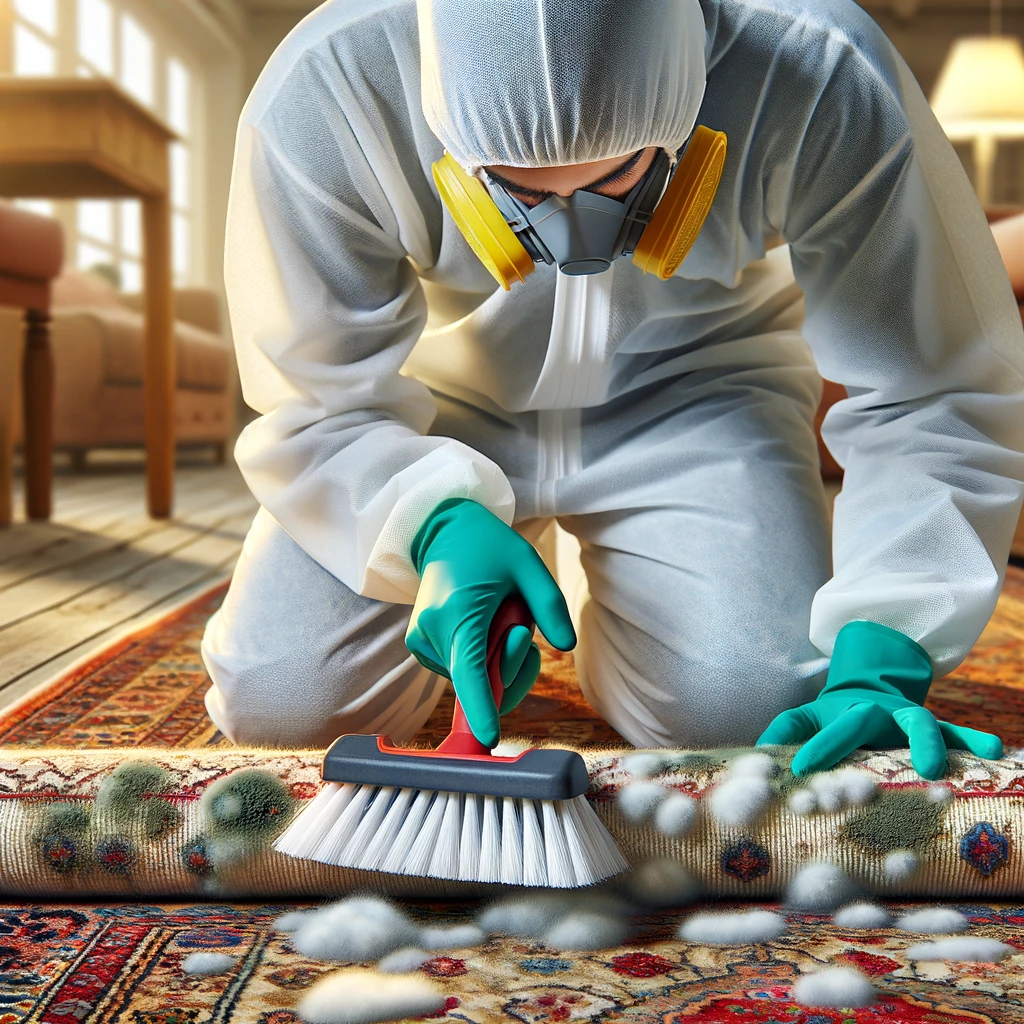
Mold Removal
Mold removal for Persian rugs tackles common damage issues such as mildew and fungus, employing safe methods to eradicate growth and restore rug health without harm.
Joe Rugs - Carpet Expert
Hello! I'm Joseph Rugs, the founder of CarpetJoe.com and your guide through the intricate world of carpets. Born and raised in London with a deep-rooted passion for art and culture, I've explored the globe to bring the rich tapestry of carpet weaving right to your screen. My academic background in arts and humanities from Oxford has fueled my curiosity, leading me to uncover the stories behind every knot and weave. As a family man, my adventures are shared with my loved ones, enriching our lives with every piece of art we encounter. Join me as we explore the beauty and craftsmanship of carpets together.
Carpet Repair & Restoration Guides
Carpet damage can range from minor issues like small burns or stains to more significant problems such as large tears or widespread wear.
Identifying the type of damage is the first step in determining the most suitable repair method.
Master carpet repair with our guides. Learn about fixing burns, holes, and wear in carpets and rugs, including DIY patch repairs and professional restoration tips.
Frequently Asked Questions
Carpet beetles are small, oval insects. The adult black carpet beetle is dark and monochrome, while the varied carpet beetle displays a colorful pattern on its back. They are typically 2 to 5 mm in length, making them quite small but noticeable upon close inspection.
Getting rid of carpet beetles involves a combination of cleaning, vacuuming, and the use of insecticides where necessary. Infested items should be cleaned or disposed of, and ongoing prevention measures should be adopted to keep them from returning.
Carpet beetle eggs are small, white, and laid in protected areas close to food sources. They are difficult to spot without close inspection but knowing their potential hiding spots can aid in early detection and removal.
Carpet beetles are small, oval-shaped insects that belong to the family Dermestidae. These pests feed on a variety of animal-based materials, such as wool, silk, leather, and fur, causing damage to carpets, clothing, and upholstered furniture. There are several species, including the black carpet beetle and varied carpet beetle, which are most commonly found in homes.
To get rid of carpet beetle larvae, thorough vacuuming and cleaning of carpets, furniture, and any infested items are crucial. Washing fabrics in hot water and using appropriate insecticides can also be effective. In severe infestations, professional pest control services may be necessary.
Carpet beetle eggs are tiny, white, and oval-shaped. They are often laid in secluded areas near food sources for the hatching larvae, making them difficult to spot without careful inspection.
Carpet beetles are relatively small, with adults typically measuring between 2 to 5 mm in length. Their size can make them challenging to detect, emphasizing the importance of knowing their appearance and signs of infestation.
While carpet beetles do not bite humans, the tiny hairs on the larvae can cause skin irritation, leading to a condition known as carpet beetle dermatitis. This rash can appear as small, red, itchy bumps or welts on the skin, similar to bites from other insects.








